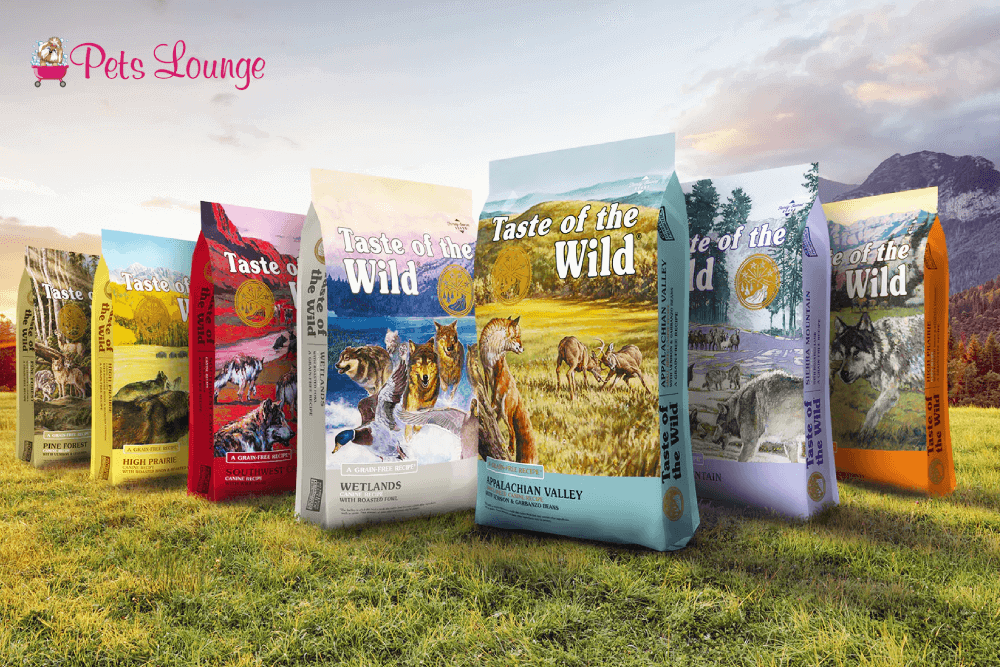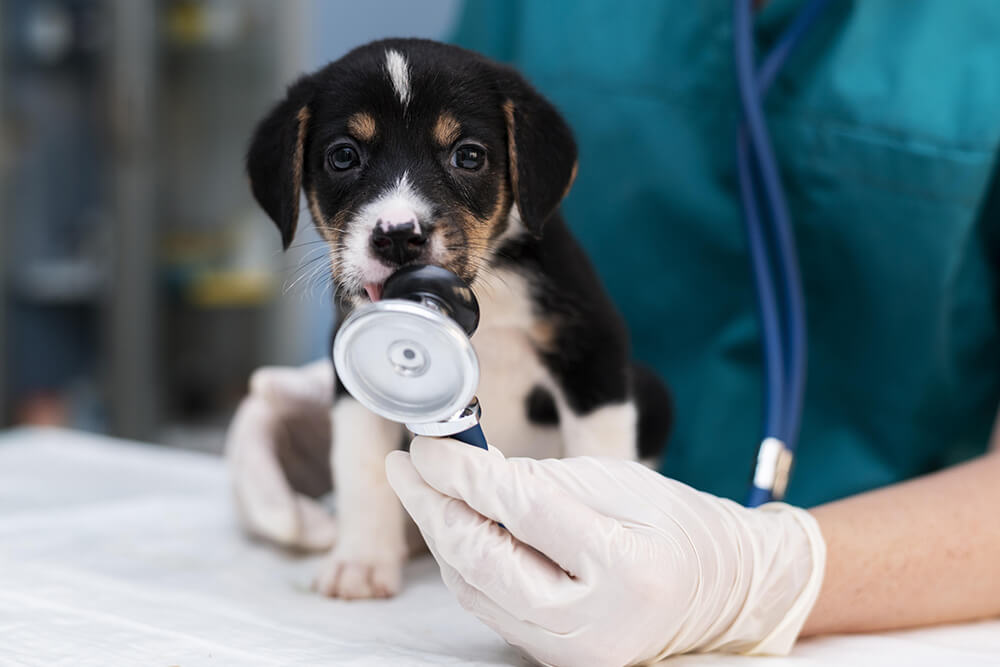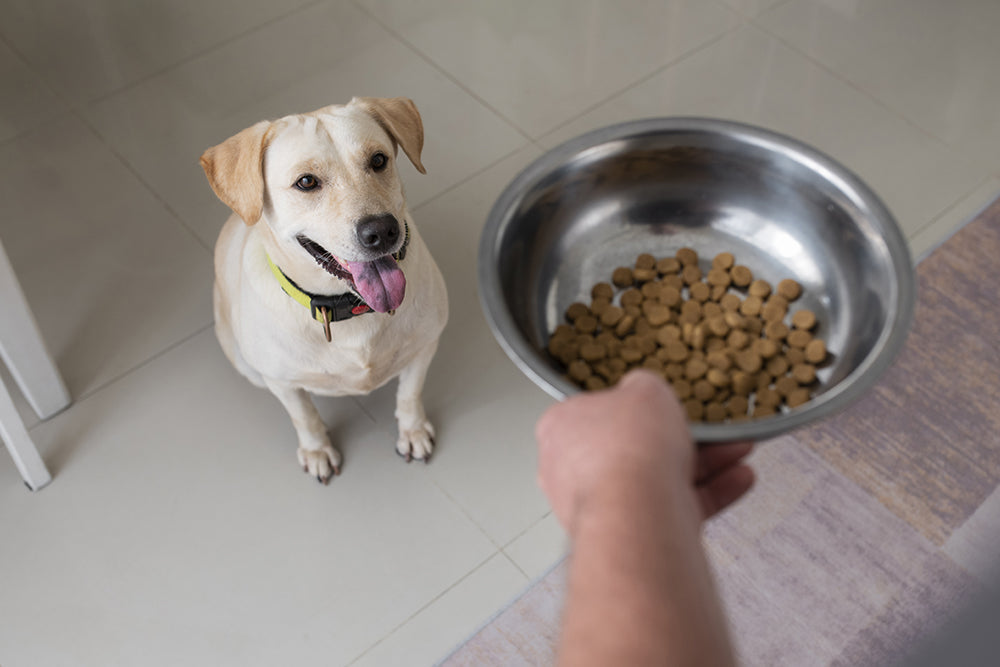News
Routine Health Care of your Dog
Dogs, our faithful companions, bring immense joy and companionship to our lives. As responsible pet owners, it's crucial to prioritize their health and well-being through regular and attentive care. Just like humans, our furry friends require routine healthcare to ensure they lead happy, healthy lives. In this comprehensive guide, we'll explore the fundamental aspects of maintaining your dog's well-being through a well-rounded healthcare routine. 1. Nutrition and Diet: A balanced diet is the cornerstone of good health for your canine companion. Consult your veterinarian to determine the best diet based on your dog's age, breed, size, and any specific health considerations. Providing high-quality, nutritious food and ensuring access to fresh water is vital. Regularly assess your dog's body condition to adjust their diet accordingly, preventing obesity or malnourishment. 2. Exercise and Activity: Physical activity is crucial for your dog's overall health and mental stimulation. Regular walks, playtime, and engaging activities keep your pet physically fit and contribute to their mental well-being. Tailor exercise routines to suit your dog's breed and age while considering any health constraints they may have. 3. Regular Veterinary Check-ups: Routine vet visits are non-negotiable. Regular check-ups, at least once a year, help detect and prevent health issues early. Vaccinations, parasite control, dental care, and overall health assessments are vital to these visits. Be proactive in discussing any concerns or changes in your dog's behavior or health with your vet. 4. Dental Care: Oral health is often overlooked but critically important. Dental problems can lead to various health issues in dogs. Brushing your dog's teeth regularly, providing dental chews or toys, and scheduling professional dental cleanings as recommended by your vet can significantly improve their oral hygiene. 5. Grooming: Regular grooming keeps your dog looking spiffy and also contributes to their health. Brushing their coat removes dirt, prevents matting, and distributes natural oils. Trimming nails, cleaning ears, and bathing when necessary are all part of the grooming routine to prevent infections and discomfort. 6. Parasite Control: Fleas, ticks, heartworms, and intestinal parasites can wreak havoc on your dog's health. Follow a vet-recommended parasite prevention program. Regularly administer flea and tick treatments, heartworm preventatives, and deworming medications as per your vet's instructions. 7. Behavioral Training and Mental Stimulation: The mental well-being of dogs is just as important as their physical health. Engage in positive reinforcement training to encourage good behavior and mental stimulation. Provide toys, puzzles, and activities that challenge their intellect and keep them entertained. 8. Recognizing Signs of Illness: Understanding your dog's normal behavior and routines makes it easier to identify any signs of illness or discomfort. Look out for changes in appetite, energy levels, bowel movements, and unusual behaviors. Promptly consult your vet if you notice anything out of the ordinary. 9. Spaying/Neutering: Consider spaying/neutering your dog unless you plan to breed. Apart from preventing unwanted litter, it can also reduce the risk of certain cancers and behavioral issues. 10. Maintaining a Stress-Free Environment: Dogs are sensitive creatures that thrive in a calm and supportive environment. Minimize stressors, provide a comfortable living space, and make sure they get enough love and attention. Conclusion Your dog's health is a culmination of various factors, all of which require consistent attention and care. By integrating these elements into your dog's routine healthcare, you're not only ensuring their physical well-being but also nurturing a strong and loving bond between you and your furry companion. Remember that listening to your dog's needs, maintaining regular vet visits, providing a balanced diet, plenty of exercise, and a loving environment are the key ingredients to a happy and healthy life. After all, their unconditional love deserves nothing less than our utmost care and commitment. At Pets Lounge, we offer a variety of health product options for your dog, including vitamins, shampoo, and other treatments.
Learn moreDog Wet Food vs Dry Food: Which is Better?
If you are a proud dog owner, you want to make sure your furry friend is eating a balanced diet that meets his nutritional needs. As you explore the available options, you may wonder whether wet dog food or dry food is the better choice. In this article, we will delve into the differences between wet dog food and dry dog food. Our goal is to help you make an informed decision about choosing wet or dry food for your beloved pet. So let's get started! Understanding Dog Wet Food Wet dog food, also known as canned food, has a higher moisture content compared to dry food. This makes it an excellent choice for dogs that need to stay hydrated or have difficulty drinking enough water. Wet food also tends to be more palatable, making it an excellent option for picky eaters or dogs who have lost their appetites. When selecting a dog's wet food, it's essential to understand the ingredients and nutritional value. Look for high-quality protein sources, such as chicken or fish, and avoid fillers like soy or wheat. It's also a good idea to check the label and ensure the food meets the Association of American Feed Control Officials (AAFCO) standards for balanced nutrition. Types of Dog Wet Food There are different types of wet foods available for dogs, including patties, stews, and gravy. It's important to choose a type that is suitable for your dog's age, size, and health condition. For example, puppies may require a food with higher protein and fat content, while senior dogs may need a diet tailored to their specific health needs. Feeding Dog Wet Food Feeding guidelines for dog-wet food vary based on the brand and type of food. Generally, it's recommended to feed your dog twice a day, dividing their daily food intake into two equal portions. It's also a good idea to serve the wet food at room temperature and remove any uneaten food after 20-30 minutes to prevent spoilage. Overall, dog-wet food can be an excellent option for meeting your furry friend's nutritional needs and providing them with a tasty and hydrating meal. However, it's essential to understand the formulation, ingredients, and feeding guidelines to make the best choice for your dog's health and well-being. Understanding Dry Food Dry food, also called kibble, is a popular option for many dog owners due to its convenience, longer shelf life, and cost-effectiveness. Understanding the manufacturing process and key ingredients can help you select the right dry food for your furry friend's needs. Manufacturing Process Dry dog food is made through a process called extrusion, where ingredients are mixed, cooked, and then pushed through a machine to create the kibble shape. The kibble is then dried, cooled, and coated with fat or other flavor enhancers to make it more palatable. Key Ingredients Dry dog food typically contains a mix of meat, grains, and vegetables. Look for high-quality protein sources such as chicken, lamb, or fish, as well as whole grains such as brown rice or oats. Avoid fillers such as corn or wheat, which offer little nutritional value. Nutritional Considerations Dry dog food can be nutritionally balanced and complete, but it's essential to check the label to ensure it meets your dog's specific dietary needs. Look for foods labeled “complete and balanced” and check the foolproof analysis for protein, fat and carbohydrate content. Tips for Selecting the Right Dry Food When selecting dry dog food, consider your dog's age, health condition, and personal preferences. For example, puppies require more protein and fat than adult dogs, and senior dogs may benefit from food with joint-supporting ingredients. Consult with your veterinarian for recommendations tailored to your dog's individual needs. Benefits of Dog Wet Food Let's explore the benefits of wet food in your dog's diet. Higher Moisture Content Wet food contains more water than dry food, which may be beneficial for dogs that need extra hydration. This is particularly important for senior dogs or those with kidney problems. The moisture in wet food can also help keep your dog fuller for longer. Enhanced Palatability Dogs tend to find wet food more palatable due to its meatier texture and stronger aroma. It can be a good option for picky eaters or dogs who struggle to maintain a healthy appetite. Easier Digestion The soft texture of wet food makes it easier for dogs to digest. This can be especially helpful for dogs with dental issues or those who have difficulty chewing. Additionally, the high moisture content of wet food may aid in digestion and reduce the risk of constipation. Better Hydration Adequate hydration plays a vital role in maintaining your dog's overall health and thriving condition. Wet food can help to keep your dog hydrated, which is particularly important during hot weather or after rigorous exercise. Hydration is also crucial for dogs with certain health conditions, such as urinary tract problems. Benefits of Dry Food Dry food, also known as kibble, has several advantages making it a popular choice among dog owners. Let's take a closer look at the benefits of dry food. Dental Health Improvement Chewing dry food helps to scrape off the plaque and tartar buildup from your dog's teeth, keeping their dental health in check. Additionally, some kibble brands are formulated to specifically promote dental health, reducing the risk of dental issues like gum disease. Convenience Dry food is incredibly convenient for feeding and storing. You can easily measure portions and store them for long periods without worrying about damage or mess. Plus, it doesn't require refrigeration or special preparation, making it a popular choice for busy pet owners. Longer Shelf Life Dry food has a longer shelf life than wet food, allowing you to purchase larger bags at a time and save money in the long run. This is especially helpful for pet owners with multiple dogs or those on a tight budget. Cost-Effectiveness Dry food can be a more cost-effective option compared to wet food. This is because kibble is less expensive to produce and package than wet food, which is why you'll typically find it at a lower price point. Conclusion Choosing the right food for your dog is not a decision to be taken lightly. After exploring the benefits and drawbacks of wet and dry food, you now have the necessary knowledge to make an informed decision. Remember to consider your dog's needs, such as age, health, and personal preferences, when selecting a food option. Pets Lounge UAE is your go-to destination for premium dog food that meets the highest standards of nutrition and taste. Our online pet shop offers a wide range of options to cater to your dog's specific dietary needs and preferences.
Learn more




